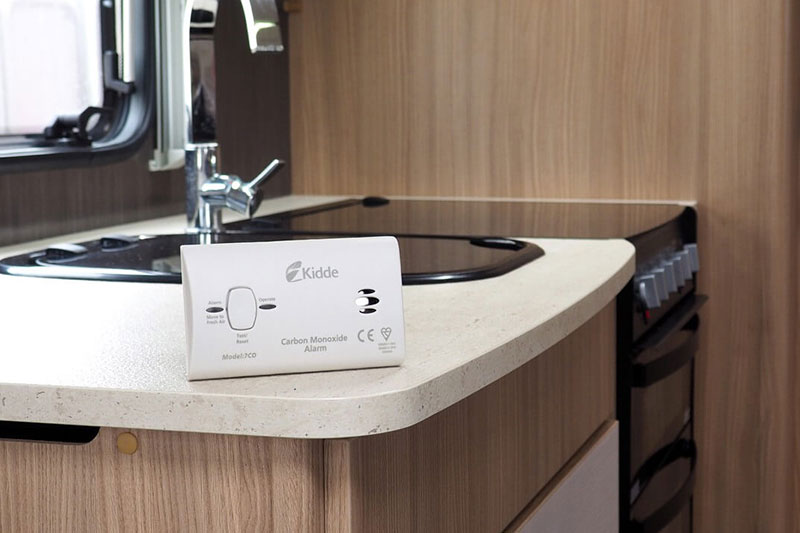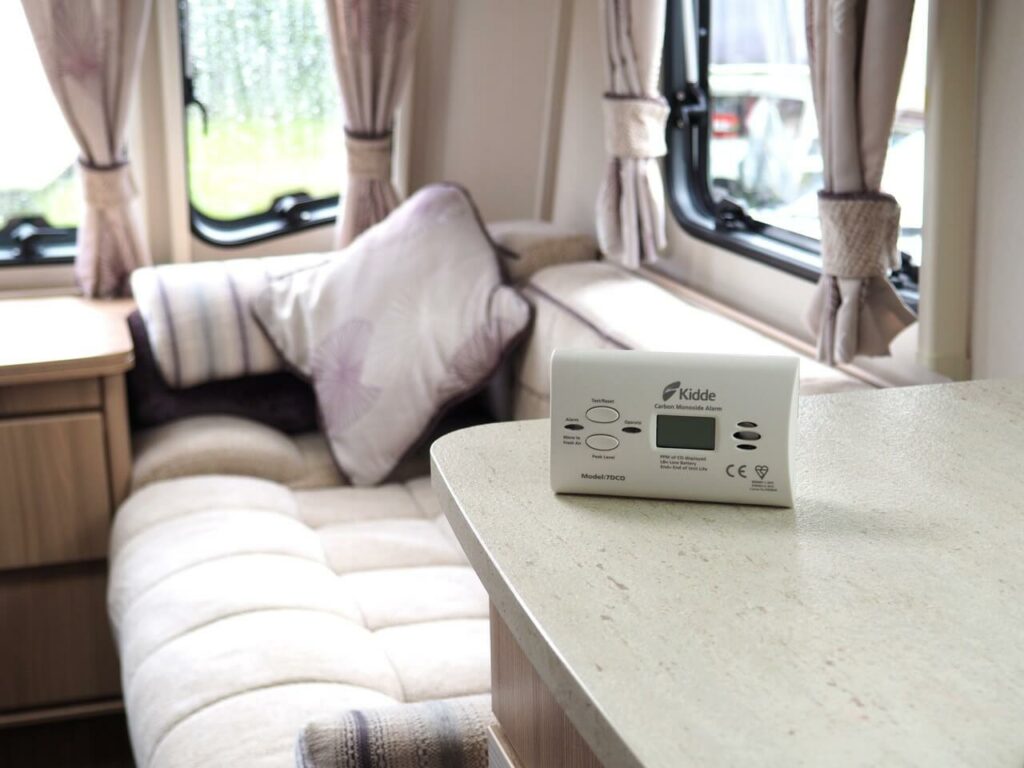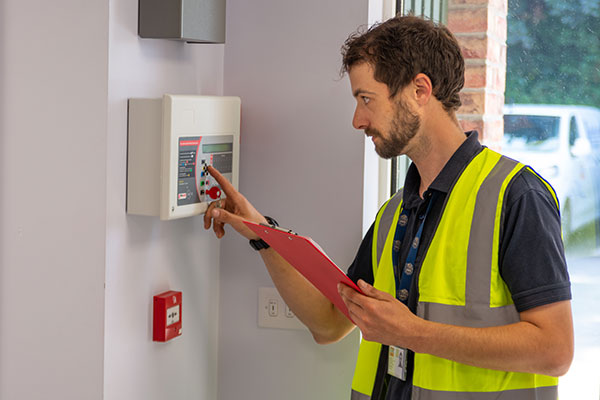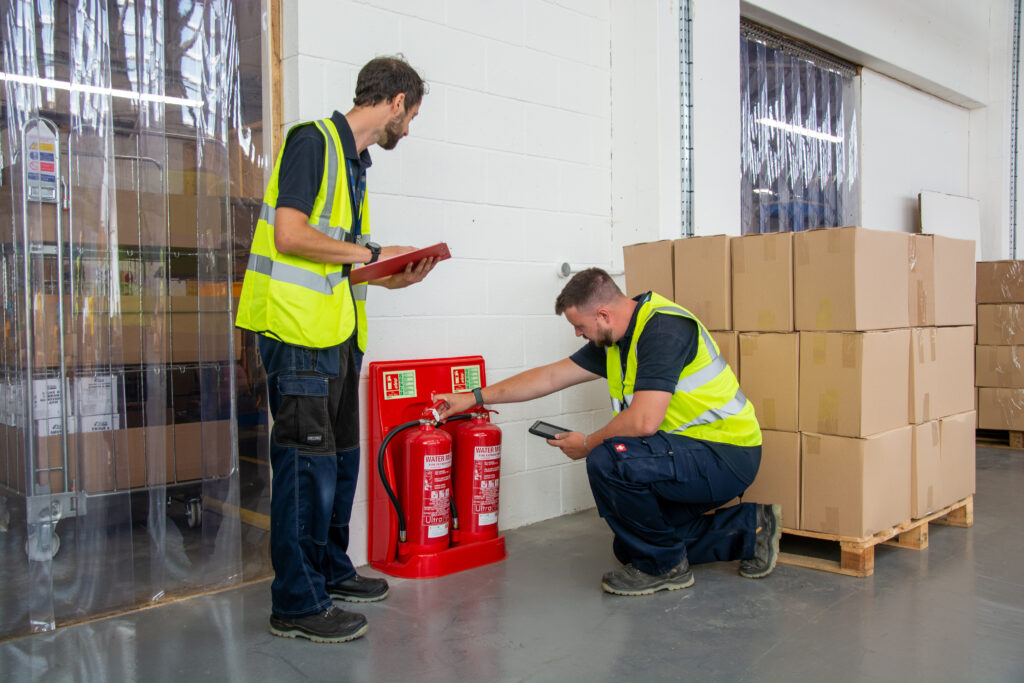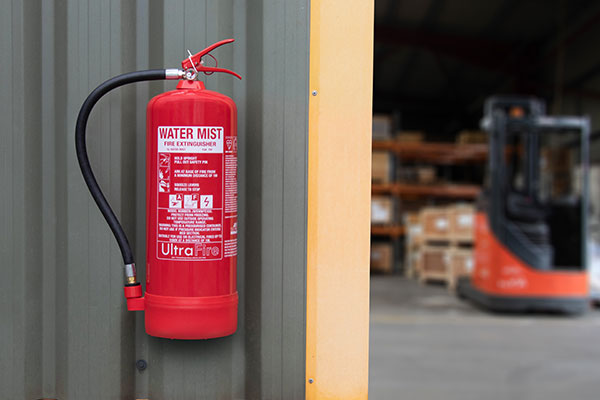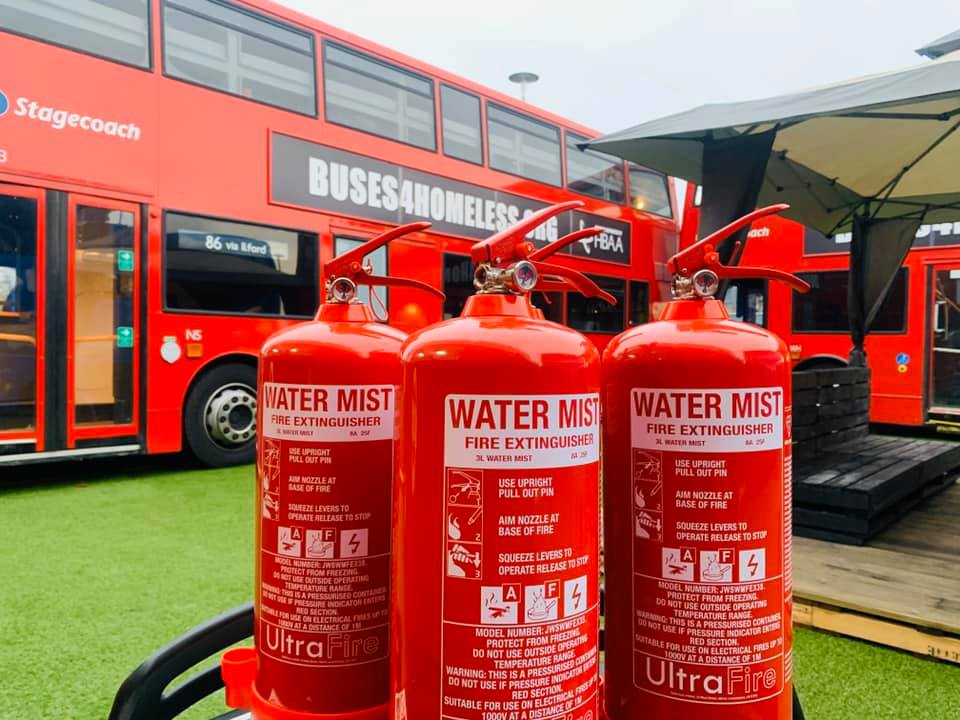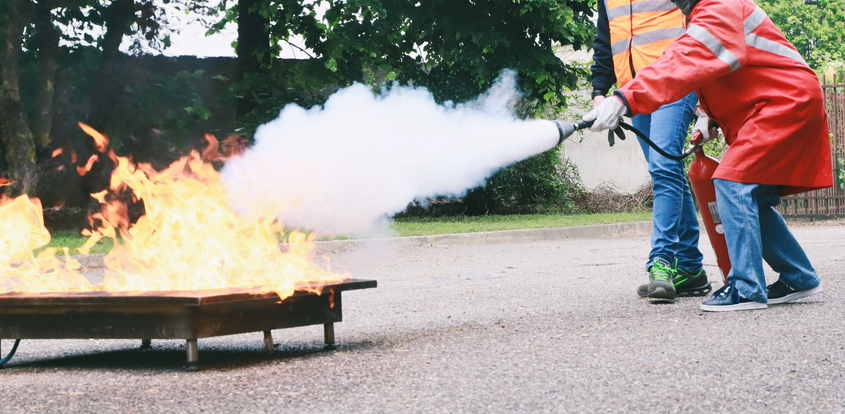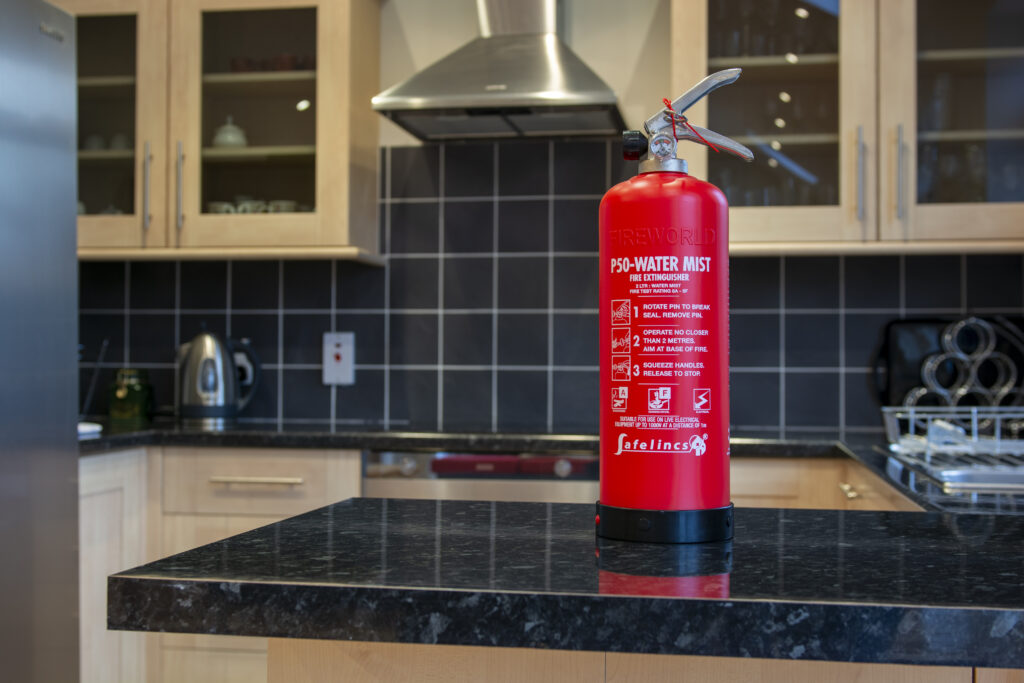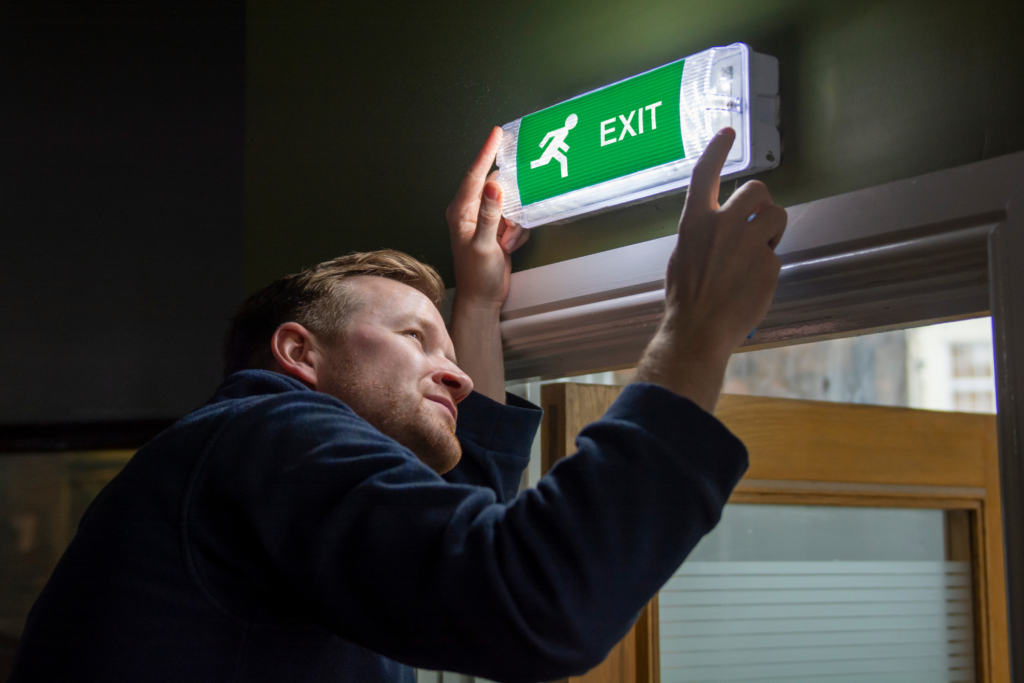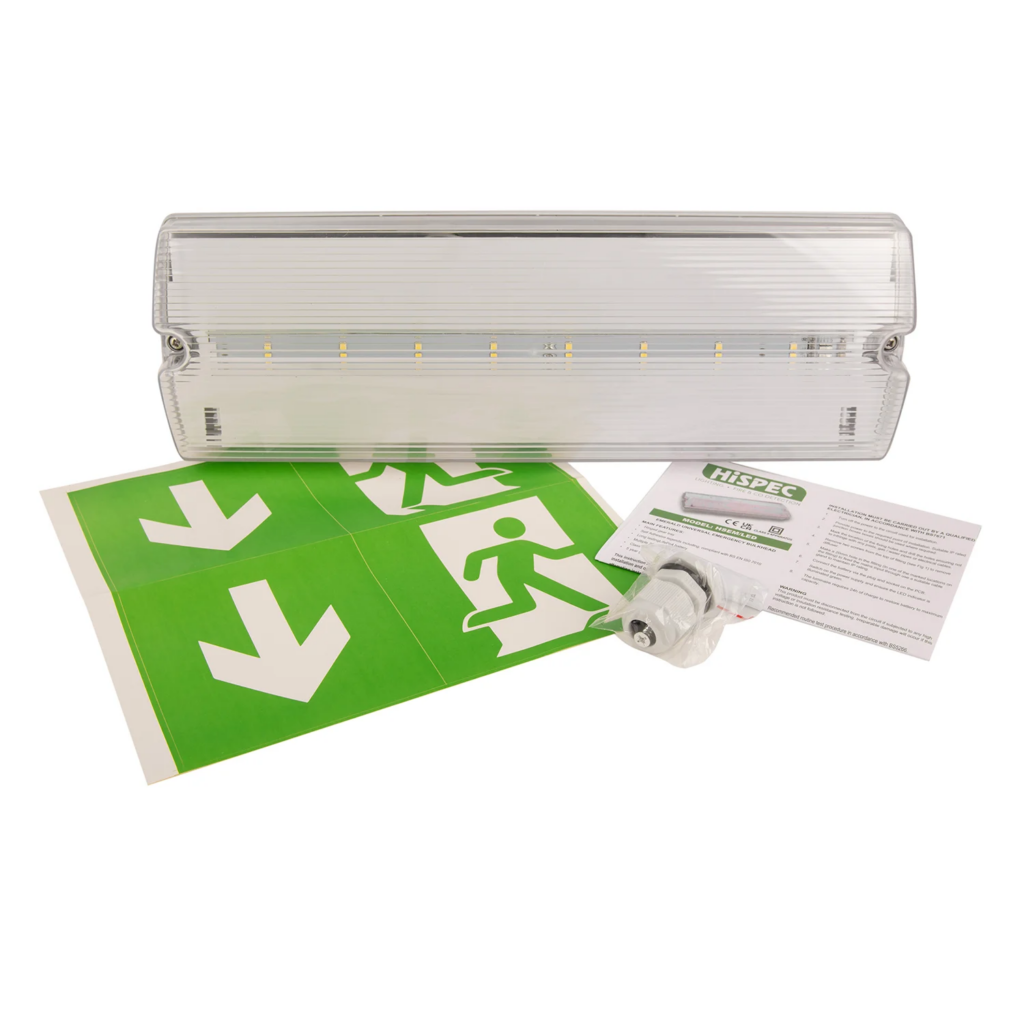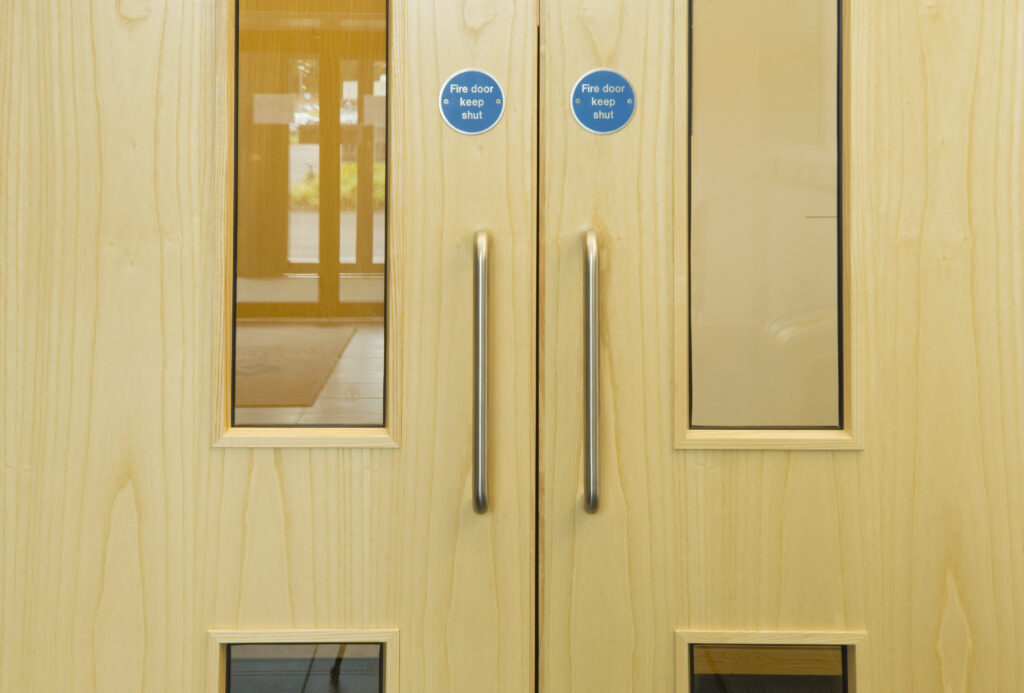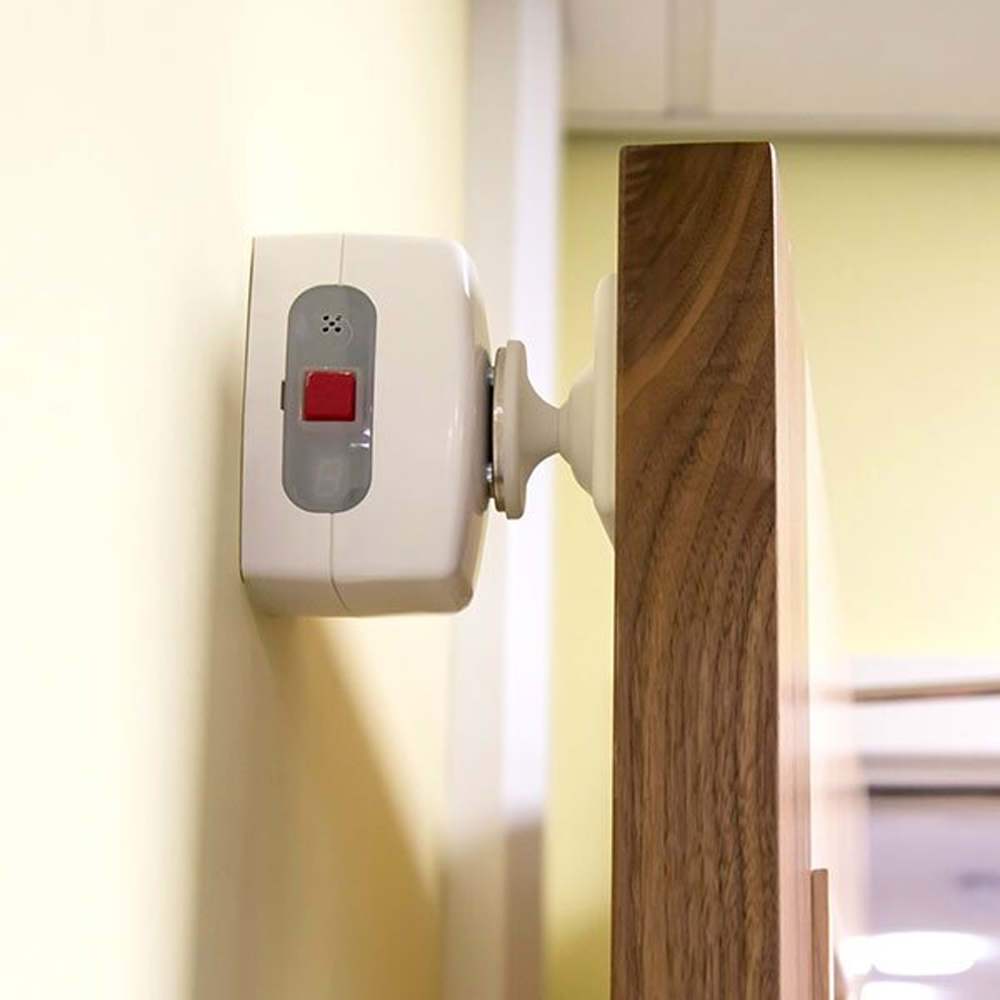Wednesday 26th November 2025
Awaab’s Law is a social housing law that came into force on 27 October 2025. It requires landlords to investigate and fix emergency hazards and significant damp and mould within strict timeframes. The law is named after two year old Awaab Ishak, who died from prolonged mould exposure in his home in 2020. It aims to protect the four million social housing tenants across England. This legislation strengthens tenants’ rights and ensures landlords take their fire safety and housing responsibilities seriously, making homes safer for vulnerable families.
Key Takeaways
- Awaab’s Law sets strict timeframes for landlords to investigate and fix hazards.
- Emergency hazards must be investigated and made safe within 24 hours of being reported.
- Significant damp and mould hazards must be investigated within 10 working days and made safe within five working days.
- The law applies to most social housing tenancies in England.
- Landlords must consider your circumstances when they assess hazards.
- The law is being phased in, with more hazards to be covered in 2026 and 2027.
- You can enforce the law through complaints processes, the Housing Ombudsman or court action.
When did Awaab’s Law come into force?
Awaab’s Law came into force on 27 October 2025. This marked a significant milestone in social housing reform.
The Government is implementing the law through a phased approach. This ensures the reforms work effectively in the long term. At the same time, it provides immediate protection for tenants facing the most dangerous conditions. Right now, the law covers all emergency hazards and significant damp and mould hazards. The Government plans to extend coverage to additional hazards in 2026 and all Housing Health and Safety Rating System (HHSRS) hazards except overcrowding by 2027.
Why the phased approach? It allows the government to test and learn from the initial rollout. This balances the urgent need to protect tenants with the practicalities of implementing comprehensive housing reform across England’s social housing sector.
Who does Awaab’s Law apply to?
Awaab’s Law applies to most people living in social housing with a tenancy agreement in England. This includes homes you rent from local councils and housing associations. The law covers approximately four million social rented homes across the country. It provides protection for millions of tenants and their families. You can find detailed guidance for social housing tenants on the Government website.
However, Awaab’s Law isn’t universal. There are some exceptions.
The law doesn’t typically apply to:
- Supported housing or temporary accommodation if you occupy these under a licence agreement rather than a tenancy
- Long leaseholders and owner-occupiers, including shared ownership properties
What hazards are covered under Awaab’s Law?
Awaab’s Law covers two main categories of hazards: emergency hazards and significant damp and mould hazards.
Emergency hazards are issues that pose an immediate and significant risk of harm to your health or safety. They require action within 24 hours. These include:
- Gas or carbon monoxide leaks
- Fire safety concerns – e.g. smoke alarms should be repaired within 24 hours
- Broken boilers
- Loss of water supply
- Dangerous electrical faults, such as exposed wiring
- Major leaks
- Broken external doors or windows that compromise your security
- Very serious damp and mould
- Major structural problems
Significant damp and mould hazards are conditions that could cause serious harm to your health if not addressed urgently. They may not require the immediate 24-hour response of emergency hazards. But any damp and mould that poses a significant risk to your health must be investigated within 10 working days. Your landlord must then make it safe within five working days of completing the investigation.
The Government provides comprehensive guidance for landlords on identifying and responding to these hazards appropriately.
What are the timeframes for landlords under Awaab’s Law?
Awaab’s Law sets clear, mandatory timeframes for social housing landlords to investigate and resolve hazards.
For emergency hazards, landlords must investigate and make your property safe within 24 hours of becoming aware of the issue. This rapid response time reflects the serious and immediate nature of emergency hazards. These could cause harm to your health or safety if not addressed promptly.
For significant damp and mould hazards, landlords must investigate the issue within 10 working days of you notifying them. They must then make your property safe within five working days of completing the investigation.
What if further work is needed to prevent the hazard coming back? Perhaps the landlord needs to address underlying structural causes. In these cases, they must begin this work or make plans for it to start within five working days of the investigation. All work must physically start within 12 weeks at the latest.
Throughout this process, your landlord must keep you updated on progress. They must also provide advice on staying safe during repairs.
What are the key deadlines under Awaab’s Law?
The table below summarises the mandatory timeframes that social housing landlords must follow when they respond to hazards under Awaab’s Law.
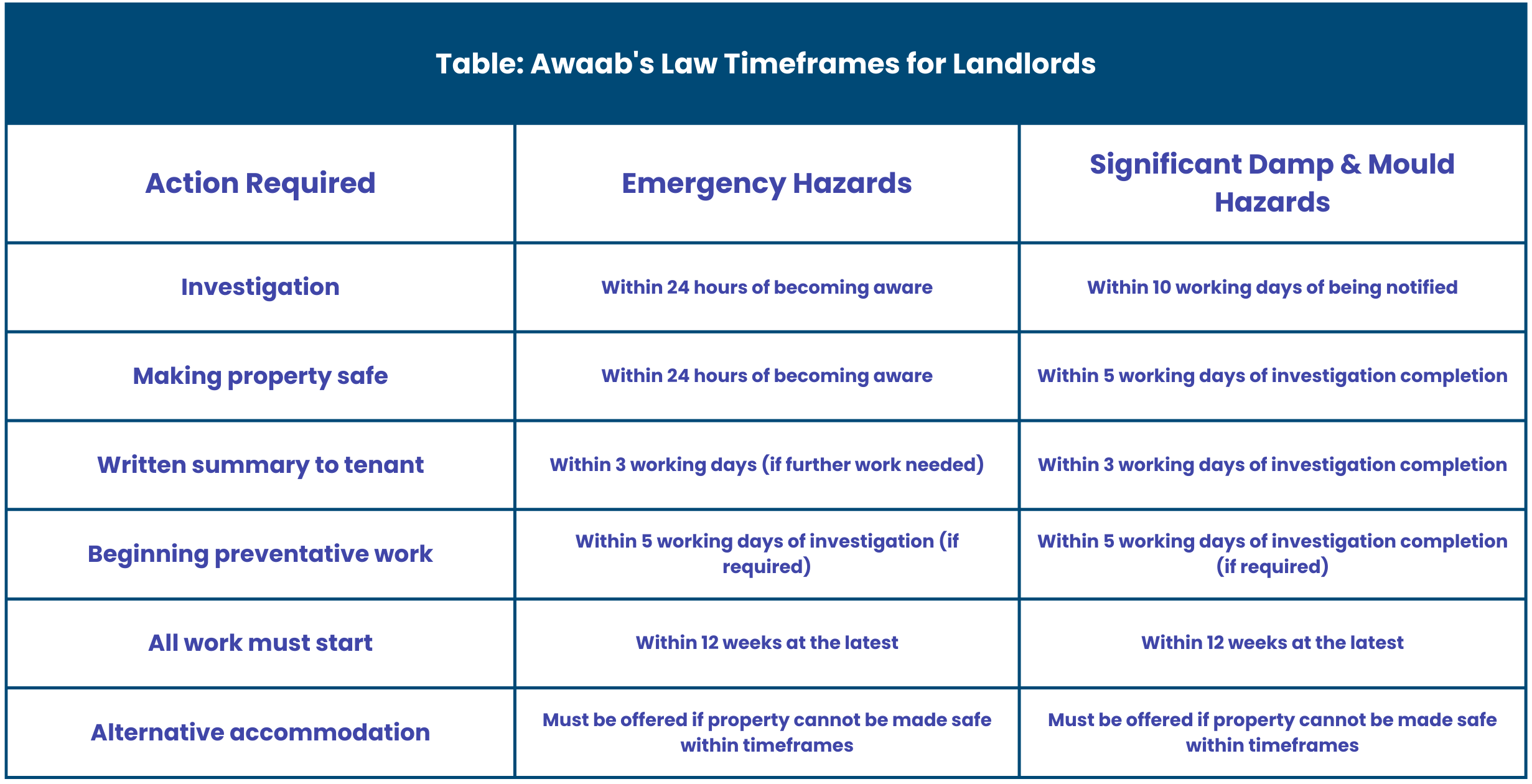
How does a landlord assess whether a hazard is significant or an emergency?
Your landlord must make an informed assessment based on multiple factors when you report a hazard.
They must consider:
- The type of problem you’re reporting (such as mould, broken heating or unsafe stairs)
- The people living in your home, including children who stay overnight, even if not every night
- Your personal circumstances and those of other residents, including age, health conditions, mobility issues or weakened immune systems that could increase vulnerability to certain hazards
- What they already know about your property, including any existing problems or recent repair work
- How likely the problem is to cause harm and how serious that harm could be
Landlords can’t assume that damp and mould is caused by your ‘lifestyle’ without proper investigation. Everyday activities such as cooking, bathing, washing and drying laundry inevitably produce moisture. If this leads to a hazard, your landlord must address it under Awaab’s Law.
You can find more information on the assessment process on the Make Things Right campaign website.
What should tenants do if their landlord doesn’t comply with Awaab’s Law?
You have several routes to take action if your landlord fails to meet Awaab’s Law requirements.
First, use your landlord’s formal complaints process. You should find this clearly explained in your tenancy agreement or on your landlord’s website. Keep detailed records of all communication. This includes when you reported the issue, how you reported it, who you spoke to and any responses you received. Take photographs or videos of the hazard if possible to document the problem.
Not satisfied with your landlord’s final response to your complaint? You can escalate the matter to the Housing Ombudsman. This is a free and impartial service that investigates complaints about social landlords.
The Ombudsman can order landlords to:
- Carry out repairs
- Pay compensation for distress and inconvenience
- Issue formal apologies
- Make service improvements to prevent similar issues happening again
You have other options too. You can consider the Pre-Action Protocol for Housing Conditions Claims. This provides a structured process for resolving disputes before court action. Or you can ultimately take your landlord to court for breach of contract.
Remember this. Your landlord can’t evict you or treat you unfairly for making a complaint about hazards in your home.
How will Safelincs support landlords with Awaab’s Law compliance?
At Safelincs, we understand the vital importance of fire safety and hazard management in social housing. Awaab’s Law focuses primarily on emergency hazards and damp and mould. But many of the emergency situations the law covers intersect with fire safety concerns. These include electrical hazards and structural integrity issues that could compromise fire safety systems.
We’re committed to supporting social housing landlords in maintaining safe homes for their tenants. Our comprehensive range of fire safety products helps landlords meet their broader safety obligations. From smoke alarms and carbon monoxide detectors to fire extinguishers and emergency lighting, we’ve got you covered. We also provide expert guidance on fire safety compliance. And we can advise on how fire safety integrates with the wider requirements of Awaab’s Law.
Are you a social housing landlord looking for support with your fire safety responsibilities? Need advice on how Awaab’s Law impacts your fire safety obligations? Contact our expert team at Safelincs. We’re here to help you create safer homes for your tenants and ensure full compliance with all relevant legislation.

